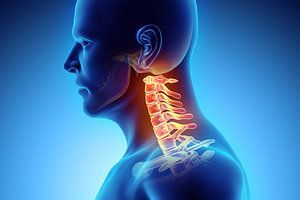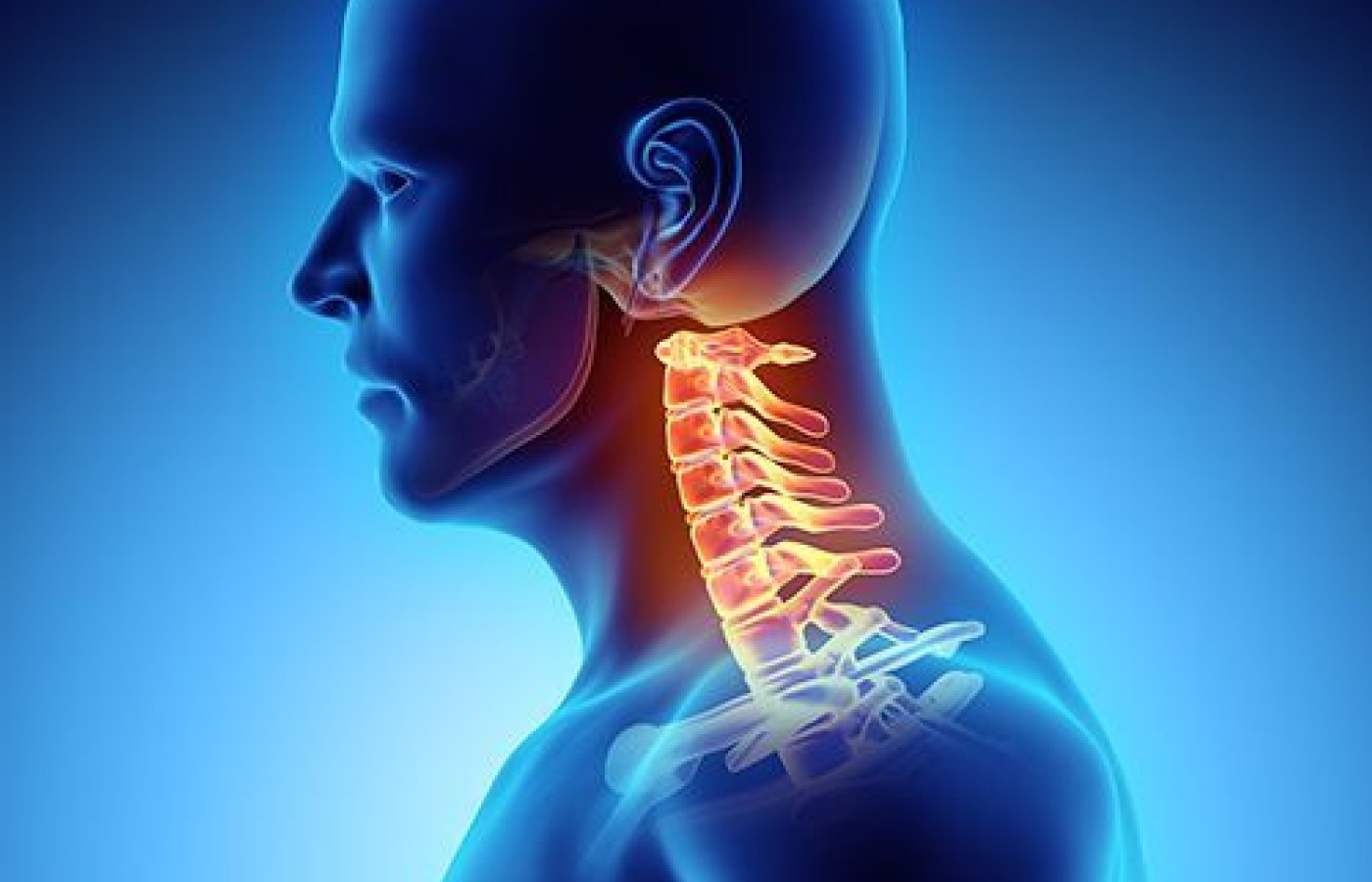Recent laws in New Jersey and California represent a disturbing trend that will negatively impact a practice’s ability to collect monies from patients, as well as expose them to significant penalties if the practice does not follow the mandatory guidelines to a T. Please be aware that a similar law may be coming to your state. The time to act is before the law is passed.
Cervical Spine Degeneration: Treatment - Exam to ELDOA
Let's take a difficult chronic cervical degenerative case and discuss the rehab treatment options. Often these patients have hypolordosis, reversed curves, cervical degeneration and spondylolisthesis. But let's make this case even more difficult: Another doctor says they need injections and possible neck surgery for instability. And of course, they already undergone a series of chiropractic and physical therapy treatments, but now present to you.
Cervical degenerative spondylolisthesis is commonly thought to result in instability of the neck, and spinal fusion surgery (arthrodesis) is sometimes considered the appropriate treatment. It's very scary for the patient because they might have been told, "Don't slip and fall or get in a car accident, and don't let a chiropractor adjust your neck because you'll wind up paralyzed." Patients have come in to my office saying, "I have a slipped vertebrae in my neck and my doctor wants me to see a surgeon" or "Don't manipulate my neck."
A study by Park, et al.,1 has helped my decision-making process. First, I need to know the entire detailed history; was this non-traumatic all along, or was previous trauma involved? Were there pars or other vertebral fractures, or is this a cascade of degeneration? From imaging and my exam, I can get a pretty good sense about the pars interarticularis, disc spaces, vertebral segments, fascial distortions, ranges of motion, nerve sensitivity, etc.

Patients decide on cervical fusion surgery because they are in constant pain and or they fear a progression of their problem that could lead to permanent disability. The Park, et al., study reveals that the follow-up data on patients with degenerative disease of the cervical spinal vertebrae show little or no evidence of worsening degeneration over time. So, the first part of my treatment strategy has been to educate the patient that the majority of people with a similar situation may be stable and do not develop progression of disease or catastrophic neurologic deficits; and that any treatment I do is safe. I discuss my thoughts on active exercise, natural analgesics and anti-inflammatory diet recommendations, thermotherapy such as laser, magnet therapy to increase blood flow, and relaxation / behavioral approaches.
Park, et al., identified 27 patients with cervical degenerative spondylolisthesis for inclusion in their study. Eleven patients had cervical spondylolisthesis at C4-C5, nine at C3-C4, six at C5-C6, and one at C2-C3. Initially, six had anterolisthesis (disc forward displacement) and 21 had retrolisthesis (disc backward displacement).
At baseline, three of the six patients with anterolisthesis and seven of the 21 patients with retrolisthesis had translation of more than 2 mm on dynamic views. At baseline, 11 had no cervical symptoms, eight had cervicalgia (sharp neck pain felt in back and shoulders), seven had radiculopathy (radiating pain into the elbows and hands) and one had myelopathy. (Note: Myelopathy necessitates a surgical consultation, as paralysis and incontinence are possible.)
The same patients were seen more than three years later, on average:
- At the final visit, none of the anterolistheses or retrolistheses had progressed.
- At the final visit, seven of 10 patients with initial translation of more than 2 mm on dynamic views had no change.
- Of 17 patients with less than 2 mm of initial dynamic motion, three patients progressed to have more than 2 mm of dynamic translation. All three had retrolisthesis initially. None had clinical worsening of symptoms at the final visit.
I'm OK saying that the natural history of cervical degenerative anterolisthesis and retrolisthesis seems to be stable from 2-8 years. Although patients with retrolisthesis seem to have a higher propensity to increase their subluxation, none experienced dislocation or neurological injury, according to Park, et al.1
I don't even like showing patients their MRI or X-rays any more. We all have patients with some films that show disc displacement and other degenerative changes, but the person shows no sign of pain or loss of motion. I am not going to be the kind of doctor who scares patients into an unnecessary treatment or surgery just by showing them a picture. I don't want them to become a patient in their head.
Another study, this one by Helgeson, et al., noted: "With many surgeons expanding their indications for cervical spine surgery, the number of patients being treated operatively has increased. Unfortunately, the number of patients requiring revision procedures is also increasing, but very little literature exists reviewing changes in the indications or operative planning for revision reconstruction."2
Surgeons have broadened their criteria for neck surgery so more surgeries can be justified, and as a chiropractor I have seen an increasing number of failed neck surgery patients who need help. I am trying to figure out ways to improve outcomes.
What can be done? I let patients know not to be in a rush to surgery and not to be in a rush to judge me until they have had six sessions. I offer joint mobilization, joint manipulation, osteopathic or soft-tissue / fascial techniques, technology such as laser, shockwave, magnet therapy and the experience of ELDOA exercises [see editor's note below]. The goal of the treatment is not just pain reduction, but also restoring range of motion, function and movement without fear.
I suggest we stop asking patients, "What's the matter with you" and instead ask, "What matters to you?" That is how we should begin evaluating patients for chronic neck pain treatment. We can test movement so both the doctor and patient can become aware of the movements in the patient's kinetic parameters that result in increased sensitivity, altered responses to movement, and movements and/or positions that decrease sensitivity.
Editor's Note: Next issue (May), Dr. Tucker concludes this article by discussing safe treatments for pain management in cervical cases, including ELDOA and band exercises.
References
- Park MS, Moon SH, Lee HM, et al. The natural history of degenerative spondylolisthesis of the cervical spine with 2-to 7-year follow-up. Spine, 2013 Feb 15;38(4):E205-10.
- Helgeson MD, Albert TJ. Surgery for failed cervical spine reconstruction. Spine, 2012 Mar 1;37(5):E1279-83.



